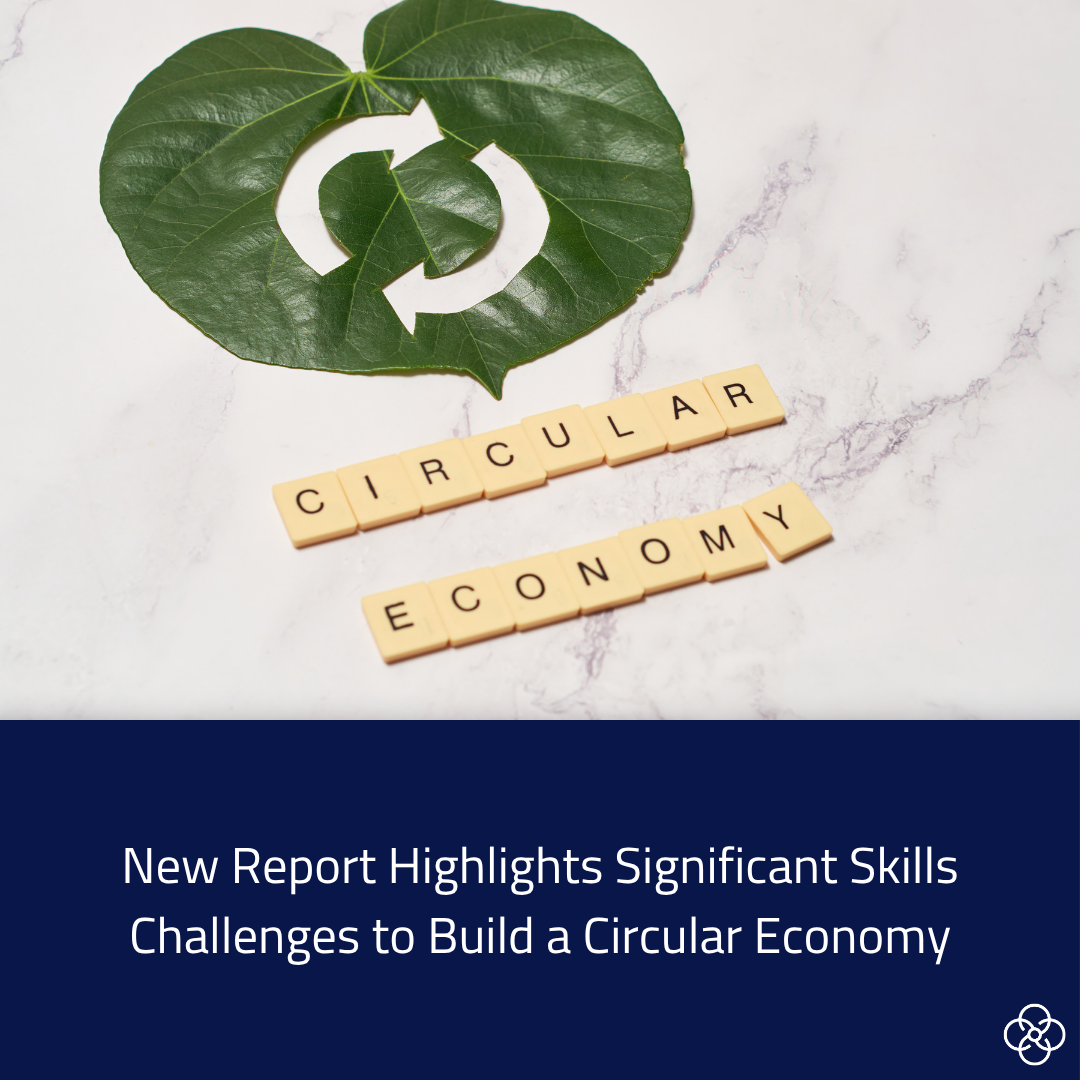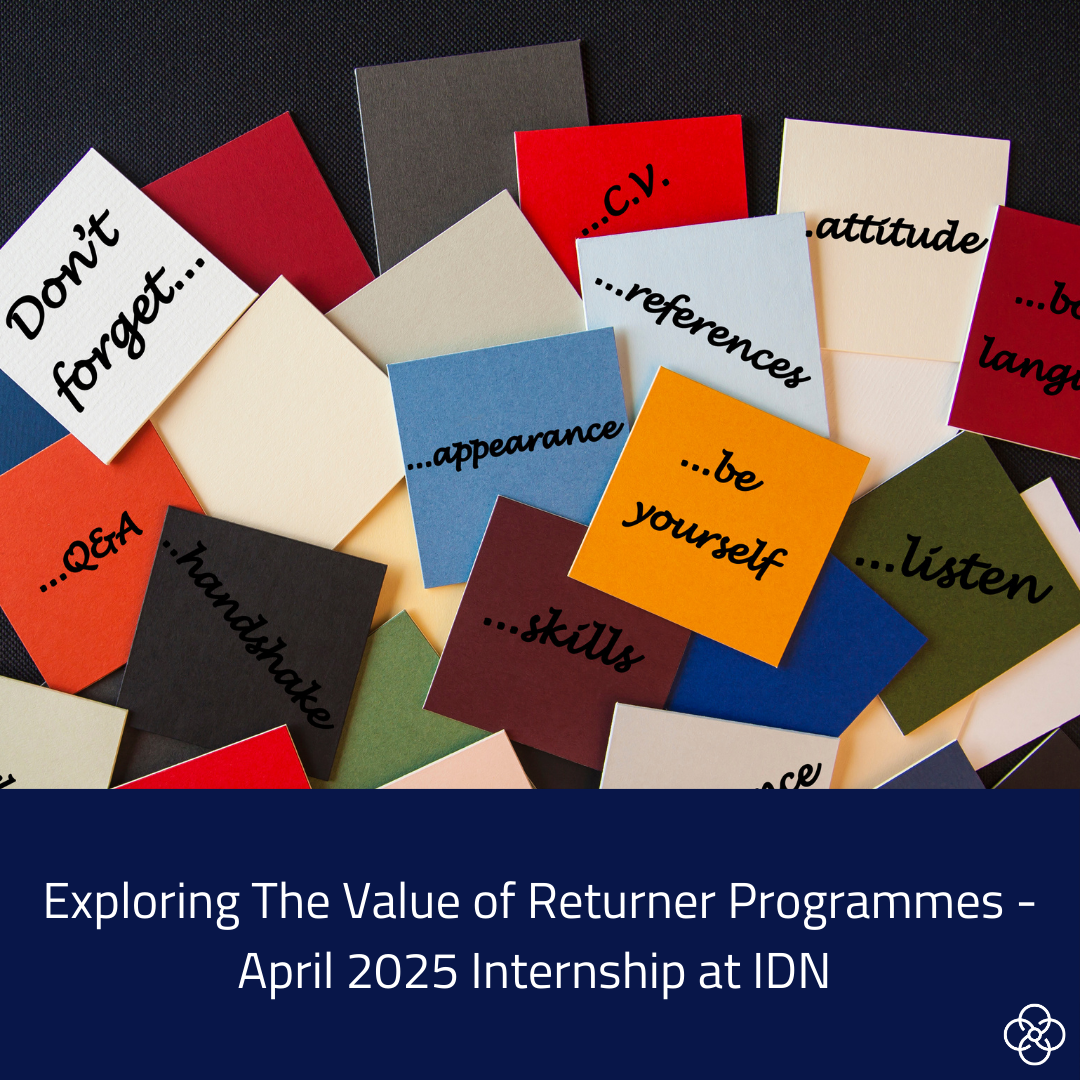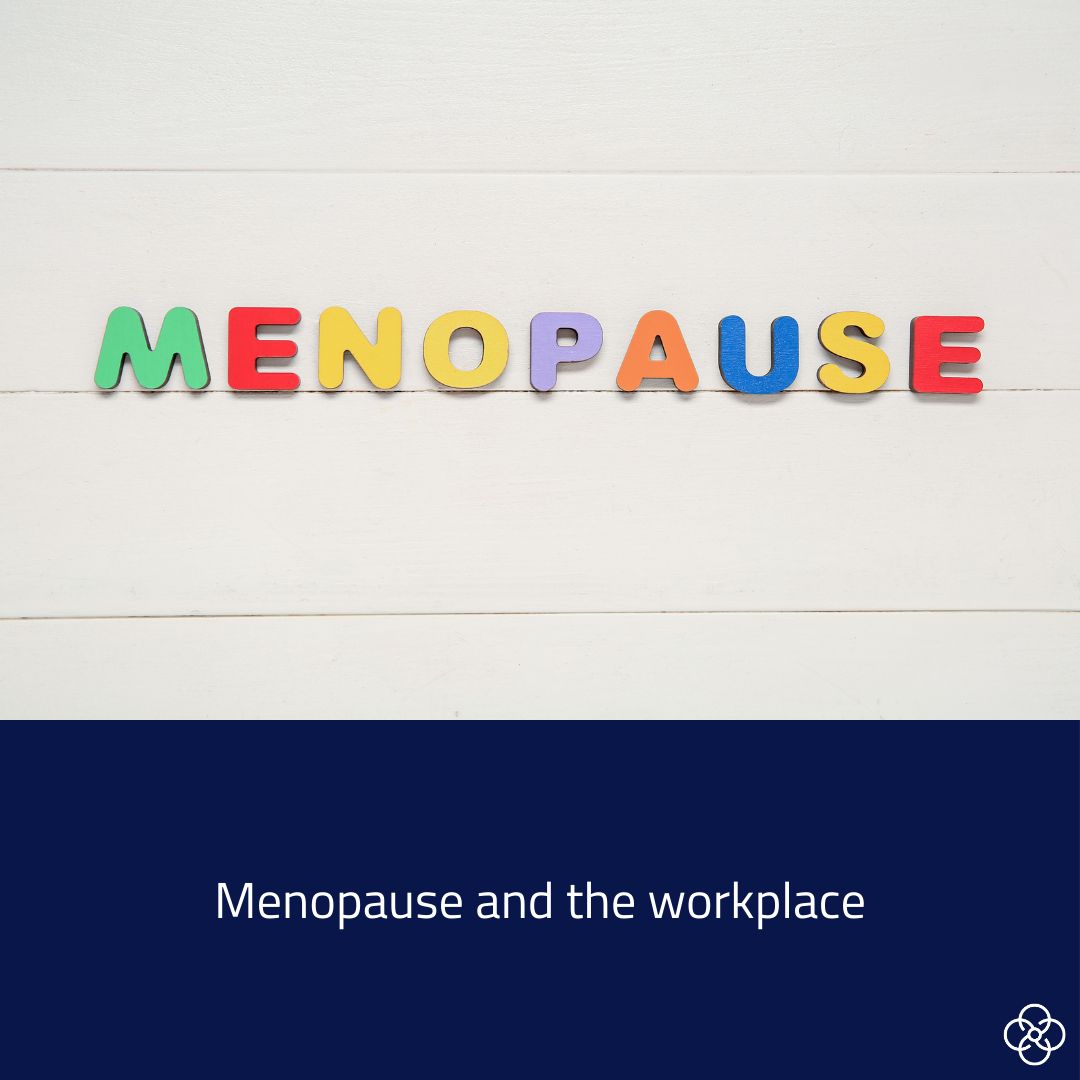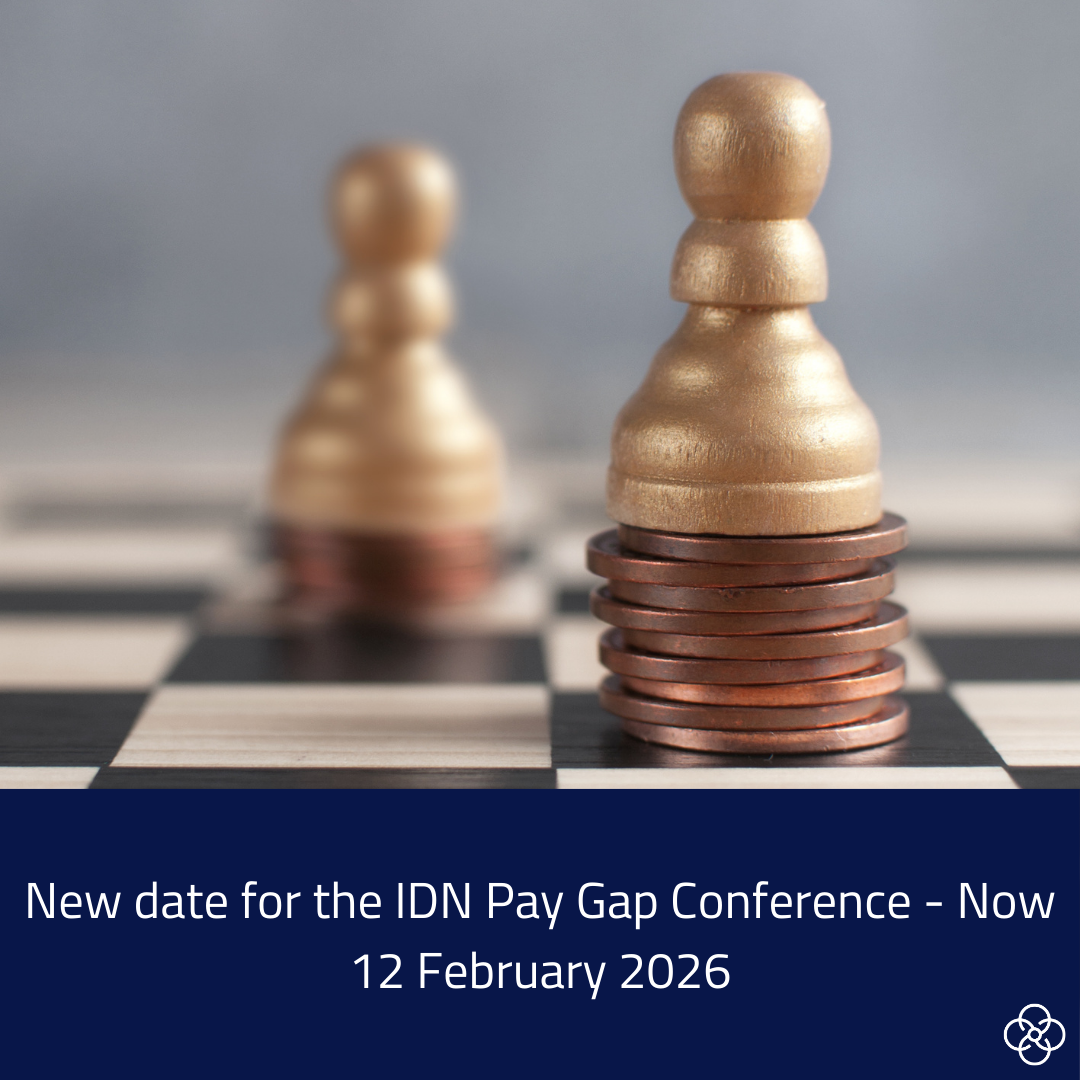The Institution of Chemical Engineers, the Institute of Materials, Minerals and Mining (IOM3) and the Royal Society of Chemistry have published a new cross-sector report outlining the UK’s urgent skills gaps and challenges in building the workforce needed for a successful circular economy. Drawing on insights from industry, academia, education, and policymakers, the report calls for greater recognition of the vital role that chemical and materials science and engineering play in driving circularity, supporting economic growth, and strengthening supply chain resilience.
The report underlines that a successful transition to a circular economy requires not just technical expertise, but an inclusive workforce strategy that tackles persistent barriers to access careers in this important sector. A number of key issues and opportunities are emphasised, tied to Equity, Diversity and Inclusion (ED&I):
Risk to Diverse Talent Pool from Course Closures
Financial pressures on universities are leading to chemistry and materials department closures, creating “cold spots” in provision. Students from disadvantaged backgrounds (three times more likely to study close to home) are disproportionately affected, limiting their access to careers in the circular economy space.
Equity of Access to Training and Placements
Industrial placements and reskilling opportunities are recognised as essential, but many face numerous financial and regional barriers to entry. The report stresses the importance of ensuring equitable access, with calls for additional support to overcome cost, geography, and opportunity gaps.
Valuing Vocational Pathways
Academic routes still dominate, while vocational and technical pathways remain undervalued. Elevating technician-level careers, apprenticeships, and alternative routes is seen as key to reducing barriers to entry and maximising the number of people within the talent pool.
Tackling Negative Perceptions
Roles in recycling, materials recovery and other circular economy fields are often viewed as unattractive or not offering a secure or valuable career path, which deters large parts of the potential talent pool. Changing these perceptions via outreach initiatives, awareness campaigns, and positive role models is highlighted as a major priority.
Building an Inclusive Skills System
The report calls for a skills system that is “future-facing, inclusive and responsive”, with multiple pathways that are visible, accessible, and appealing to a diverse talent pool. Lifelong learning, reskilling, and flexible training programmes are emphasised as tools to encourage people from all backgrounds to transition into circular economy careers.
IDN’s Perspective
The skills challenges of Nuclear and the wider space of building a circular economy are very similar: a vast number of workers are needed to fill the jobs created as a result of massive investment and plans to build significant new infrastructure. However, IDN has always maintained that bringing in the increased workforce numbers presents half of the solution to such challenges – the remainder relies on retention of this talent pool in order for these industries to thrive.
Building inclusive environments is not a trend – the subject of ED&I is vital in building businesses and industries where people feel valued, respected, and motivated to bring their best to their roles.
Monica Mwanje, MD of Inclusion and Diversity in Nuclear, said:
“This report highlights both the challenges and the opportunities in attracting and retaining the vital skills needed to power our future. Building the workforce for a circular economy, and indeed for the nuclear sector, depends on engaging and drawing from all communities.
When we widen participation, create fully inclusive pathways to entry into these sectors, and make a concerted effort to retain the people we employ, not only do we strengthen the skills base we need to meet the demand, but we ensure a sustainable pipeline of talent equipped to drive innovation and deliver long-term impact.”
To read the full report, click here.












